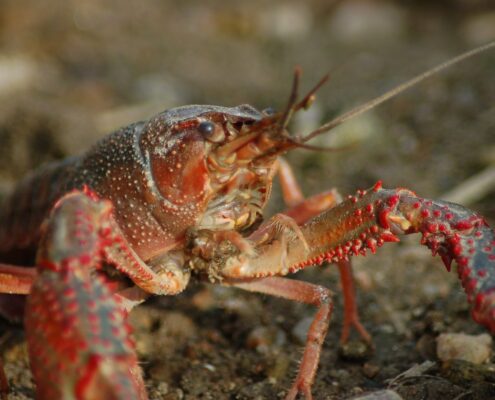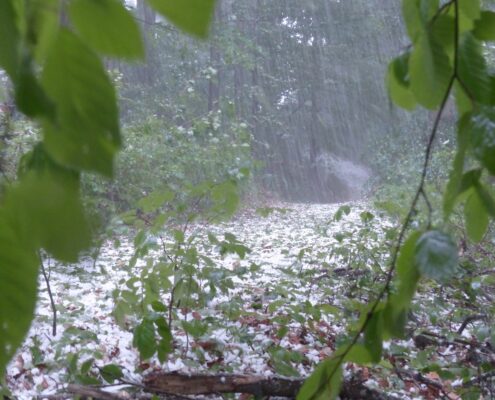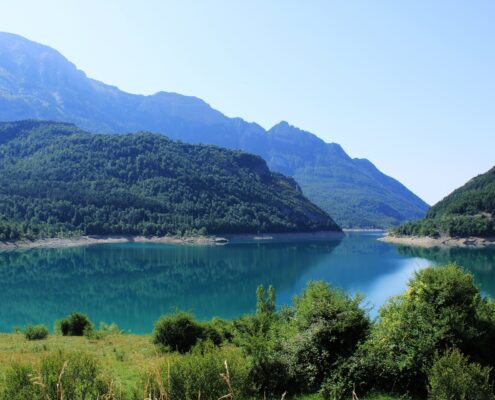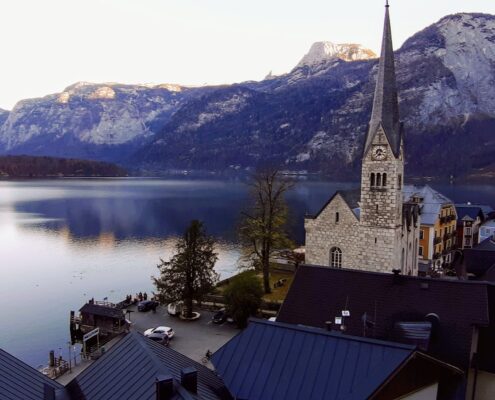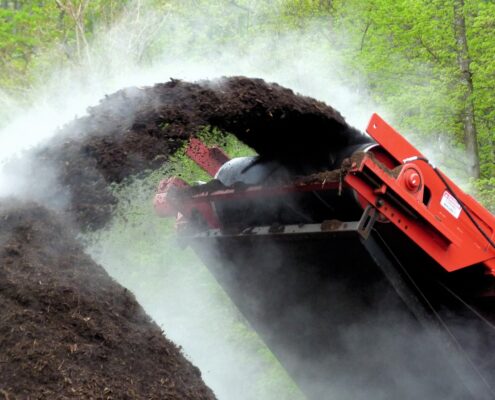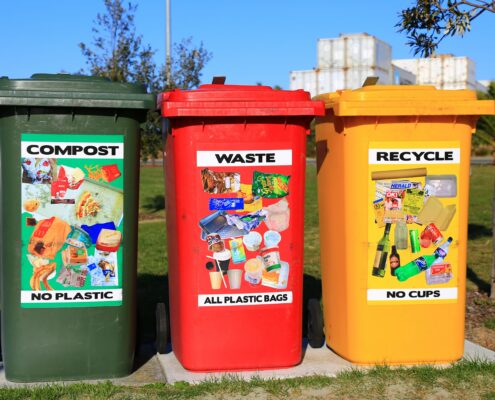 https://greenmarked.it/wp-content/uploads/2024/03/nareeta-martin-FoG7PKNYjpM-unsplash-scaled.jpg
1707
2560
Barbara Centis
https://greenmarked.it/wp-content/uploads/2022/01/LOGO-GREENMARKED-SITO-600x600.png
Barbara Centis2024-03-21 21:10:062024-03-22 23:07:21Waste Management: State of the Art and Future Emergencies
https://greenmarked.it/wp-content/uploads/2024/03/nareeta-martin-FoG7PKNYjpM-unsplash-scaled.jpg
1707
2560
Barbara Centis
https://greenmarked.it/wp-content/uploads/2022/01/LOGO-GREENMARKED-SITO-600x600.png
Barbara Centis2024-03-21 21:10:062024-03-22 23:07:21Waste Management: State of the Art and Future EmergenciesDecember 23, 2022

Let us try to reason together: to make cheese you need milk, to make milk you need a cow, to farm a cow you need a farmer, to work, what does a farmer need? Passion, a barn, farm equipment, fields and… incentives! Brutally speaking, money.
But then, is it all that simple? As a South Tyrolean farmer would well answer: «Jein». Yes and no. In short, and as it often happens “it depends”.
The Society for the Study and Enhancement of Alpine Livestock Systems (“SoZooAlp”) defines the dissemination of «the productive, social, cultural, ecological, tourist and educational importance of livestock activities implemented in the Alpine Arc» as its first objective [3].
Because while it is true that livestock activity alone is aimed at food production, increasingly – and especially for mountainous areas – diversification of agricultural activity is an essential tool for economic, social and cultural growth and integration.
Connecting the two aspects of production diversification and energy crisis was well addressed at October’s “First Summit on Mountain Livestock” in Bergamo. Among other actors, Alleanza Cooperative Agroalimentari, which brings together most of the milk collection and processing cooperatives operating in mountain territories, joined the summit.
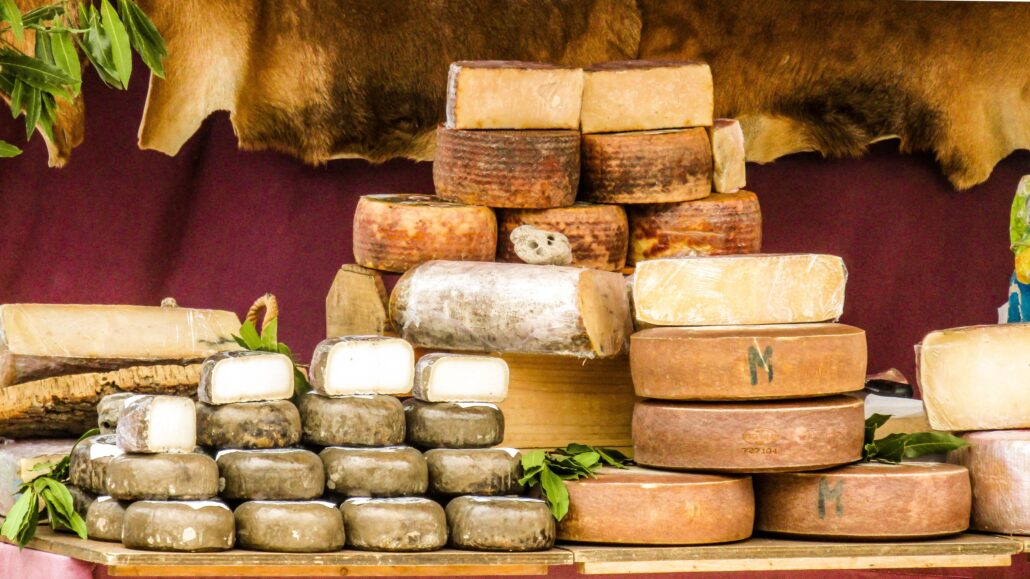
Fig. 1: Diversification of production ensures resilience and stability against market trends and consumers’ demand. In addition, a “multifunctional” farming, implementing both food production and a variety of collateral environmental, social, and cultural activities, can reinforce its agricultural income and competitiveness in the market. Free-source photo by Vane Monte from Pixabay.
The gathered data shows that in Trentino, milk production loss reached a peak of 15 %, with a total of 30 farms closed over the past year. And Veneto is not looking better: Lattebusche recorded a 6 % milk production loss in the province of Belluno [4]. And the explanation of this case is simple: milk – and therefore cheese – are decreasing because those who produce them are decreasing. And producers are no longer there because producing milk costs more than the profits that can be derived from it.
Some numbers? Just look at the national average price increase for energy (+60 %), fodder (+95 %), diesel oil (+110 %) and electricity bills (+500 %) [5]. Bingo!
The short-term and more than logical solution to pass on some of the increased costs to end-consumers was already tried by our farmers. However, those in the industry sector are not new to this either. In the past, the attempt of increasing butter prices resulted into a drastic drop of demand [4].
Other solutions to generate immediate cash and a secure the farm’s income can be the quick slaughtering of the least productive dairy cows or even the complete decommissioning of the barn [6].
And when a barn in the mountains shuts down, such action «is difficult to reverse, and has serious consequences, not only socioeconomic, but also for the maintenance of the delicate landscape and environmental balance of the mountain territory” [7].
In fact, if the energy crisis had not affected the sector, production differentiation would have been a winning and strategic choice for many agribusinesses, the data shows. The latest report (September 2022) from Veneto Agricoltura showed that the regional dairy sector performance for providing milk to produce certified dairy products decreased by 8.5 % compared to the previous five years [8]. This means that compared to 2011, less milk is dedicated to PDO (“Protected designation of origin”) products only. According to Venerto Agricoltura, this is a sign of a successful attempt of dairy farms to differentiate production aimed at increasing producers’ resilience against market demands and raw material trends.
And this interpretation was echoed in the Bergamo Summit. In response to the worrying market predictions, the Summit strongly recommended companies to invest in non-production business activities to secure the survival of farms with an unparalleled social, cultural, environmental and landscape value for their territory [4].
In this sense, a true “multifunctional farming”, which can directly or indirectly provide alternative social benefits to agricultural production alone [9], can prove to be a true shield against market trends and future economic crises. Especially in mountainous areas, where quantitative production – especially of milk and dairy products – cannot in any way compete with large farms in the plains, diversification incentives structured in the territory and shared with other stakeholders (tourism agencies, hotels, restaurants, mountain guides, traders, artisans, industries, etc.) can be good insurance against the blows of the commodity market. Additionally, multifunctional mountain farming can safeguard the livestock sector in the mountains. By locking dairy farms on the territory and making them become valuable garrisons of mountain traditions and culture they can prevent mountain abandonment.
What about in the short term?
One positive endnote from a more recent newspaper article:
Related articles:
References:
[1] il Dolomiti. (2022, September 29). Crisi energetica, Latte Trento blocca la produzione di Trentingrana: chiude il caseificio di Pinzolo e in stand- by una linea di latte. Paoli: “Grana? Cara la lavorazione” [Online; dated 20-December-2022]. https://www.ildolomiti.it/economia/2022/crisi-energetica-latte-trento-blocca-la-produzione-di-trentingrana-chiude-il-caseificio-di-pinzolo-e-in-stand-by-una-linea-di-latte-paoli-grana-cara-la-lavorazione
[2] Corriere del Veneto. (2022, October 26). Gas alle stelle, Latterie Vicentine ferma parte della produzione [Online; dated 20-December-2022]. https://corrieredelveneto.corriere.it/vicenza/cronaca/22_ottobre_26/gas-stelle-latterie-vicentine-ferma-parte-produzione-96b00380-5541-11ed-b8e8-a89b0f32d1b4.shtml#:~:text=La%20sospensione%20dell’Uht%2C%20emerge,situazione%20si%20evolva%20in%20positivo%C2%BB
[3] Bovolenta, S. (2010). Zootecnia e montagna. Quali strategie per il futuro. Quaderni SoZooAlp, 6.
[4] Ruminantia. (2022, October 5). Latte, la zootecnia di montagna tra i comparti più colpiti dalla crisi [Online; dated 20-December-2022]. https://www.ruminantia.it/latte-la-zootecnia-di-montagna-tra-i-comparti-piu-colpiti-dalla-crisi/
[5] Coldiretti. (2022, October 21). Gas: con caro bollette addio a 1 stalla su 10 [Online; dated 20-December-2022]. https://www.coldiretti.it/economia/gas-con-caro-bollette-addio-a-1-stalla-su-10
[6] il Dolomiti. (2022, August 29). Crisi energetica, gli allevatori: “Alcuni costretti all’abbattimento delle vacche meno produttive per risparmiare: periodo oggettivamente difficile” [Online; dated 20-December- 2022]. https://www.ildolomiti.it/economia/2022/crisi-energetica-gli-allevatori-alcuni-costretti-allabbattimento-delle-vacche-meno-produttive-per-risparmiare-periodo-oggettivamente-difficile
[7] AgroNotizie. (2022, July 1). Nord Italia, in Lombardia più risorse per giovani e zootecnia di montagna [Online; dated 20-December-2022]. https://agronotizie.imagelinenetwork.com/agricoltura-economia-politica/2022/07/01/nord-italia-in-lombardia-piu-risorse-per-giovani-e-zootecnia-di-montagna/75492
[8] Veneto Agricoltura. (September 2022). Il prezzo del latte nella cooperazione veneta e la produzione di formaggi a denominazione di origine in Veneto [Online; dated 20-December-2022]. https://www.venetoagricoltura.org/wp-content/uploads/2022/10/Report-prezzo-latte-cooperative_formaggi-DOP-in-Veneto_2021.pdf
[9] López-i-Gelats, F. (2013). Is mountain farming no longer viable? In The future of mountain agriculture (pp. 89–104). Springer
[10] il Dolomiti. (2022, December 12). Riapre il caseificio di Pinzolo, Latte Trento riparte con la produzione di Trentingrana. Paoli: “Per ora 14 forme al giorno di grana e 70 di Spressa, ma aumenteremo” [Online; dated 20-December-2022]. https://www.ildolomiti.it/economia/2022/riapre-il-caseificio-di-pinzolo-latte-trento-riparte-con-la-produzione-di-trentingrana-paoli-per-ora-14-forme-al-giorno-di-grana-e-70-di-spressa-ma-aumenteremo
Cover- and preview image: The presence of dairy farming activities in the mountains preserves the territory, strengthens the local market and economy, and prevents mountain abandonment. Free-source photo by Caroline Roose from Unsplash.


